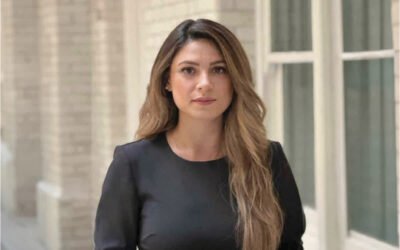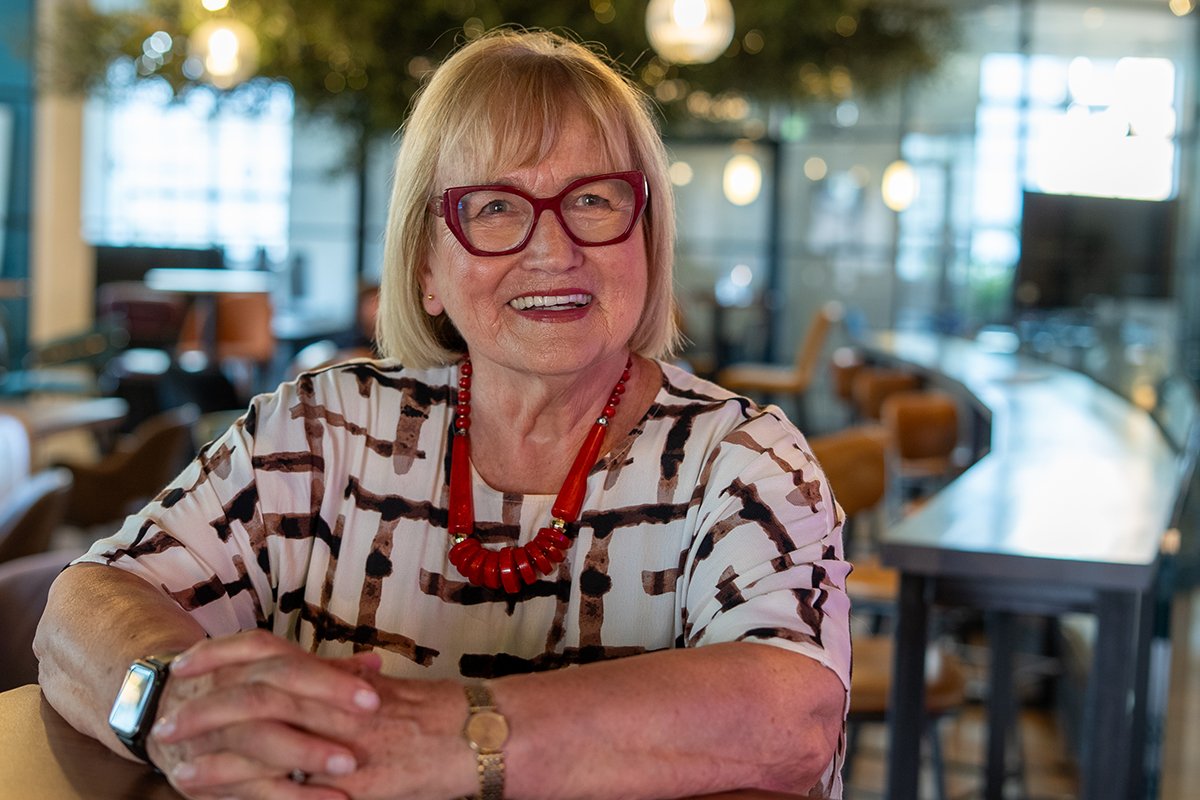Exploring Water, Sculpture,And Cultural Connections

Eric Tillinghast Draws Inspiration from Nature and Craftsmanship to Create Water-Inspired Art
Eric Tillinghast’s art, shaped by nature and technical expertise, transforms water into
sculpture, connecting universal themes with cultural perspectives, and creating evocative works celebrated across international galleries and public spaces.
Eric Tillinghast, a Los Angeles-based artist, has been profoundly influenced by the diverse landscapes of California, where he grew up surrounded by the wide-open spaces and natural beauty of Mount Shasta. His artistic journey, chronicled in an interview with WOWwART magazine, reveals a deep connection to nature and a unique approach to materials that have shaped his creations.
Tillinghast, born in Los Angeles in 1974, spent his formative years in Northern California, an experience that ingrained in him a lasting appreciation for the natural world—particularly water. This early exposure to lakes and rivers has had a significant impact on his body of work, where water plays a central role as both material and subject. As Tillinghast explains, his fascination with water as an element encourages viewers to revisit personal memories and experiences, fostering a connection that resonates differently across cultural contexts.
Eric Tillinghast, a master of water-inspired art, blends nature and technical craftsmanship to craft thought-provoking sculptures and installations.
In an effort to broaden his skill set, Tillinghast pursued industrial welding, acquiring a formal education in the craft in Santa Barbara. This technical background has been instrumental in his creation of large-scale sculptures and installations. The precision and mastery of metalworking have enabled him to translate his conceptual visions into tangible forms, seamlessly merging technique with artistic expression.
Tillinghast’s works have garnered international attention, with exhibitions spanning prestigious venues such as The Albright Knox Gallery, The Long Beach Museum of Art, and the Center for Contemporary Art in Santa Fe, among others. His pieces invoke varied interpretations worldwide, a testament to the universal yet culturally specific experiences of water within the different communities they reach. Cultural history, mythology, and geographic factors all play roles in coloring the perceptions of his installations, which, as Tillinghast notes, are always received distinctively from one locale to another.
”Spending a lot of time around lakes and rivers during my childhood influenced my art significantly.” — Eric Tillinghast
Site-specific installations hold a particular allure for Tillinghast. These projects represent a dynamic interplay between the artwork and its environment, where the characteristics of the site itself—from architecture to natural light—inform the creative process. He approaches such spaces as partners in creation, meticulously examining how elements like sunlight will interact with water and reflective surfaces. This attention to environmental detail guides his selection of sites that naturally complement and enhance the visual and experiential impact of his work.
Public art projects, while offering expansive possibilities, present their own set of challenges. Tillinghast has navigated complex collaborations involving clients, architects, engineers, and city officials, often requiring lengthy negotiations and approvals. Despite the bureaucratic complexities, these endeavors allow him to achieve creative heights that are unfeasible within the confines of a traditional studio setting. Large-scale public installations grant him the freedom to explore bold concepts that resonate across vast spaces, making art a shared, communal experience.
Over his illustrious career, Tillinghast’s innovative use of water and metal has earned him recognition from prestigious institutions such as The Pollock-Krasner Foundation and the Dallas Museum of Art. His commitment to exploring the intersection of nature and technology continues to captivate audiences, inviting them to engage with art in transformative ways that reflect the rich tapestry of cultural and individual perspectives.












